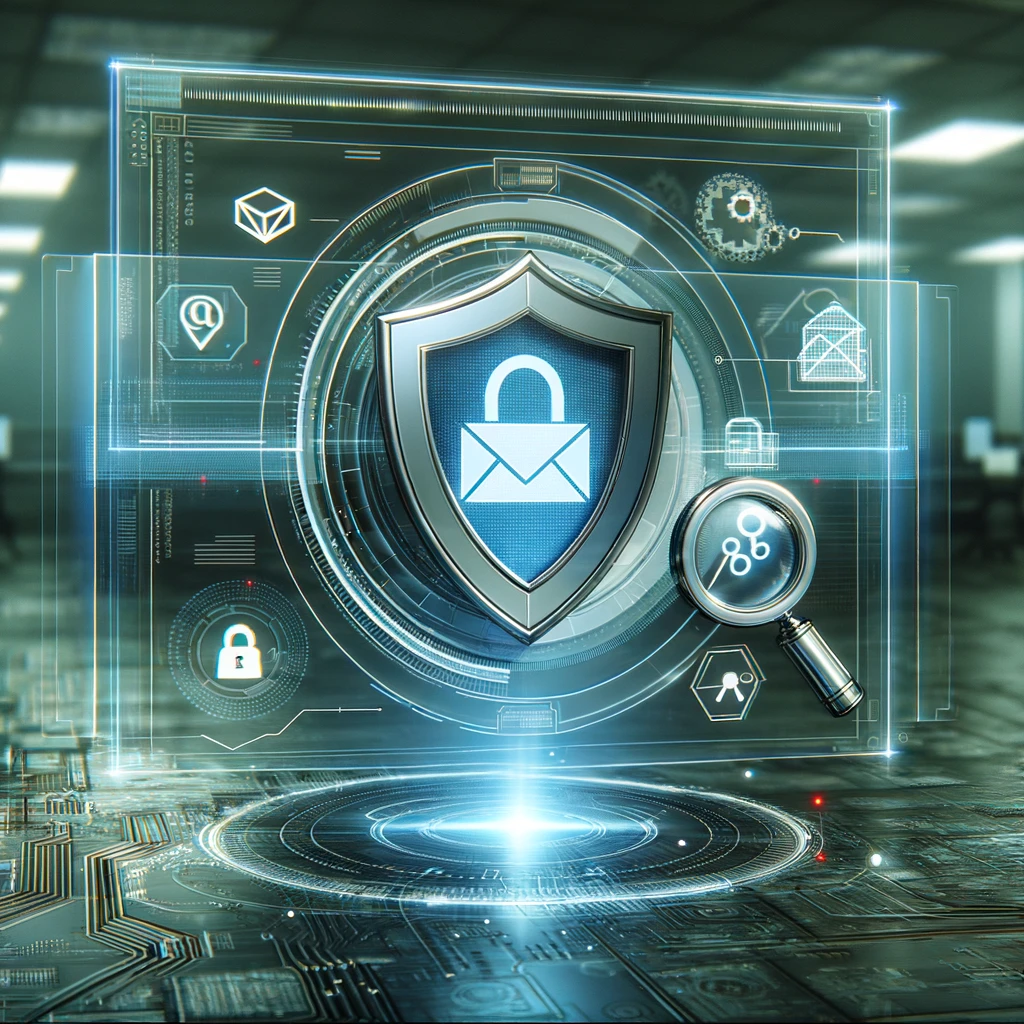In the modern digital landscape, cyber threats are constantly evolving, becoming more sophisticated and harder to detect. Traditional security measures, while necessary, are often reactive, responding to threats only after they have been detected. This is where threat hunting comes into play. Threat hunting is a proactive approach to cybersecurity, focused on identifying and mitigating potential threats before they cause significant damage. In this blog post, we will explore what threat hunting entails, why it is important, and effective strategies for implementing it.
What is Threat Hunting?
Threat hunting involves actively searching through networks, endpoints, and datasets to detect and isolate advanced threats that evade traditional security solutions. Unlike automated tools that rely on predefined rules and signatures, threat hunting leverages human expertise, advanced analytics, and threat intelligence to uncover hidden threats.
Key aspects of threat hunting include:
- Hypothesis-Driven Investigation: Threat hunters form hypotheses based on potential threat scenarios and use these hypotheses to guide their searches.
- Anomalous Behavior Detection: Identifying deviations from normal behavior that may indicate malicious activity.
- Advanced Analytics: Using sophisticated analytical techniques and tools to analyze large volumes of data and detect subtle indicators of compromise (IOCs).
- Continuous Improvement: Continuously refining and updating hunting techniques based on new threat intelligence and findings.
Why Threat Hunting is Important
- Early Detection: By actively searching for threats, organizations can identify and mitigate risks before they escalate into major incidents. This early detection reduces the potential damage and impact of cyber attacks.
- Understanding Adversaries: Threat hunting provides insights into the tactics, techniques, and procedures (TTPs) used by cyber adversaries. This knowledge helps in developing more effective defenses and improving overall security posture.
- Improving Incident Response: Discovering threats early allows for a faster and more efficient incident response. Threat hunters can provide detailed information about the threat, enabling quicker containment and remediation.
- Enhancing Security Posture: Proactive threat hunting helps organizations stay ahead of emerging threats and vulnerabilities, continuously strengthening their cybersecurity defenses.
Effective Strategies for Threat Hunting
- Develop a Hypothesis: Start by forming a hypothesis about potential threats. This could be based on recent threat intelligence, known vulnerabilities, or suspicious activity observed in the network. For example, you might hypothesize that an adversary is using a specific malware variant to target your organization.
- Baseline Normal Behavior: Establish a baseline of normal behavior for your network and endpoints. Understanding what normal looks like helps in identifying anomalies that could indicate a threat.
- Utilize Advanced Tools and Techniques: Leverage advanced analytical tools, machine learning algorithms, and threat intelligence platforms to analyze data and identify potential threats. Tools like SIEM (Security Information and Event Management), EDR (Endpoint Detection and Response), and NDR (Network Detection and Response) are essential for effective threat hunting.
- Investigate Anomalies: Focus on anomalies and deviations from the established baseline. Investigate unusual patterns, behaviors, and data flows that could indicate malicious activity.
- Leverage Threat Intelligence: Incorporate threat intelligence into your threat hunting efforts. Use information about known threats, IOCs, and TTPs to guide your investigations and refine your hypotheses.
- Collaborate and Share Findings: Threat hunting is a collaborative effort. Share your findings with your security team and other stakeholders. Collaboration enhances the overall effectiveness of your threat hunting program and contributes to a more comprehensive understanding of the threat landscape.
- Continuous Learning and Adaptation: Threat hunting is an ongoing process. Continuously refine your techniques, update your hypotheses, and incorporate new threat intelligence. Stay informed about the latest trends and developments in cybersecurity to keep your threat hunting efforts relevant and effective.
Implementing a Threat Hunting Program
To successfully implement a threat hunting program, consider the following steps:
- Build a Skilled Team: Assemble a team of skilled cybersecurity professionals with expertise in threat hunting, forensic analysis, and threat intelligence. Invest in ongoing training and development to keep their skills sharp.
- Establish Clear Processes: Define clear processes and workflows for threat hunting. This includes setting objectives, defining roles and responsibilities, and establishing protocols for communication and reporting.
- Invest in the Right Tools: Equip your threat hunting team with the right tools and technologies. Advanced analytics, machine learning, and threat intelligence platforms are essential for effective threat hunting.
- Integrate with Existing Security Operations: Ensure that your threat hunting efforts are integrated with your broader security operations. This includes aligning threat hunting activities with incident response, vulnerability management, and overall cybersecurity strategy.
- Measure and Improve: Regularly assess the effectiveness of your threat hunting program. Use metrics and key performance indicators (KPIs) to measure success and identify areas for improvement. Continuously refine your approach based on lessons learned and evolving threats.
Conclusion
Threat hunting is a critical component of a robust cybersecurity strategy. By proactively searching for and identifying potential threats, organizations can enhance their ability to detect and mitigate cyber risks. Implementing a successful threat hunting program requires skilled professionals, advanced tools, and a commitment to continuous improvement. By staying ahead of emerging threats and understanding adversary behavior, organizations can significantly improve their security posture and protect their valuable assets from cyber attacks.

Penetra Cybersecurity is at the forefront of defending the digital frontier, providing cutting-edge solutions to protect businesses and organizations from the ever-evolving threats of the cyber world. Established with a mission to create a safer internet for everyone, Penetra leverages a blend of advanced technology, expert knowledge, and proactive strategies to stay ahead of cybercriminals.
Ready to take the next step towards a more secure future? Schedule a consultation with us today and discover how we can help protect what matters most to you. Don’t wait until it’s too late—with Penetra Cybersecurity, your business isn’t just secure; it’s imPenetrable.




